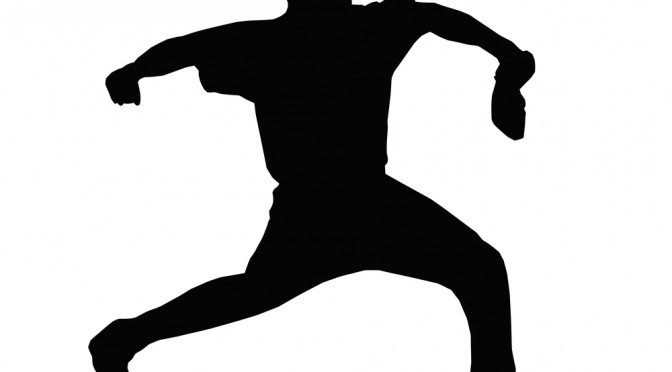5 Fielding Drills To Improve Your Baseball Team
It’s hard to sit there and watch the ball go between your players’ legs game after game. On one hand, you do not want to be too hard on them. It’s a game, right? On the other hand, you do want them to win a couple of games this season. You can still be the good guy and get them to win some games by going over and over some fielding drills in practice. They will get better with time!
Short Hop Drill
This is a simple drill that can help players field short hops. Divide the players into pairs. Have each pair stand about sixty feet apart. The player with the ball should throw a short hop at the other player. The player fielding the ball must determine if he needs to go forward or backward to catch the short hop. This will teach players how to judge short hops so they will have fewer errors on the field. Be sure to walk from one pair to the next during this drill so you can give them pointers that will help them field the ball better. Also, make sure the person throwing the ball is throwing it hard enough to challenge the player but not making it impossible just to cause trouble.
Soft Hand Egg Drill
This drill can get messy but it will prove a point. You will need a raw egg. Stand about five feet from your assistant coach and have him toss the egg to you. Show the players that you need to catch the egg with soft hands and cradle it into your chest to keep it from breaking. Then, have him toss the egg to you again and catch it with hard hands. It will break. That will show the players the difference between soft hands and hard hands. After the demonstration, hit some grounders to your players and have them use the soft hands technique. If they use the technique correctly, they will scoop the ball up cleanly.
If you decide to have the players catch eggs themselves, talk to their parents first. Some parents may not want their kids to come home covered in eggs. Others will think it is a great way to teach their kids how to become better fielders.
Bad Throw Drill
Nothing helps a player’s eye-hand coordination quite like picking bad throws up out of the dirt at first base. Have your first baseman stand on the bag. Toss out some bad throws to the left, right, and over his or her head. They should get better at catching them as you progress through the drill. You can also have people who do not play first base participate in the drill. It will help them learn to keep their eyes on the ball, even if it goes into the dirt.
Do not have your players throw the balls during this drill. You do not want them to develop bad throwing habits. Have other players deals with the balls that are missed and caught by setting up fielders and someone right next to the first base player.
Cutoff Drill
Every coach has a game where the team completely forgets who the cutoff men are. There is nothing more frustrating than watching the ball fly from one end of the field to the next while the opposing team rounds the bases. You can avoid this problem by running cutoff drills. You need to split the team up so you have base runners, outfielders, and infielders. Put the runners on different bases and hit balls to the outfielders. Have them work on hitting their cutoff men. Make sure you communicate during this drill. Communication is very important during games. Listening is also important so make sure your outfielders remember to keep their ears open.
Fly Ball Drills
Speaking of communication, it is also key when catching fly balls. A lack of communication could lead to broken bones. Set the entire team up on the field and hit some infield and outfield fly balls. Have players communicate before catching the ball. If someone fails to communicate, repeat the same play. This can help kids avoid the embarrassment that comes from two players running into each other on the field. On top of that, good communication can help you get some critical outs during games.
Your players probably like games more than practices, but practices give them the opportunity to work on their skills. The right drills will help your team improve their skills and become better players. Run these drills during practice so your players will make fewer errors and more great plays. It can also cut down on injuries and help the team’s morale. Their boredom with a drill is a good sign – it means they’re getting the hang of it!

